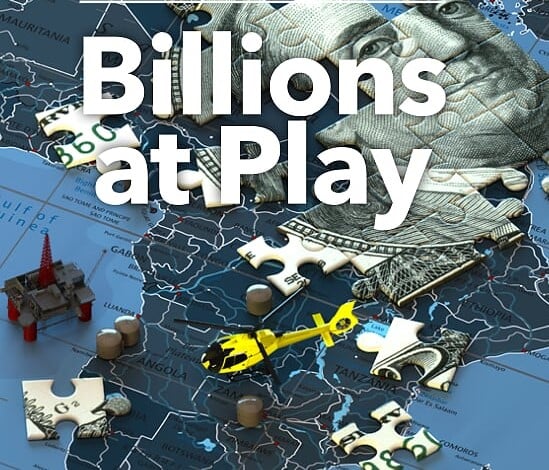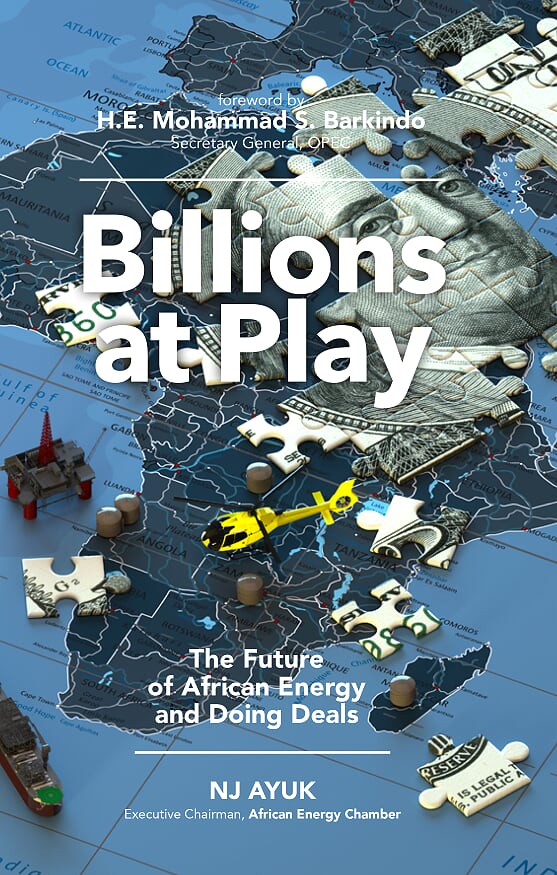Technology is growing at an exponential rate and there are no two ways about it, it is impacting our lives. We have listed 10 emerging technologies that are destined to change the world for good.
Number 10: Screenlesss Displays

Businessman with financial symbols coming from his hand
Screenlesss displays would utilize the transmission of information without the requirement of actually having a physical screen. As you’ve probably seen in The Avengers, this emerging technology has numerous advantages such as presenting 3-D images, far point images, good brightness and contrast levels as well as a large angle of view. These would also be lightweight, provide far better privacy, and will ultimately revolutionize entertainment as a whole.
Number 9: Virtual Reality

Picture of a man with a futuristic headset
As Jamiroquai predicted many years ago the future is in fact made of virtual insanity. Three decades after virtual reality goggles and immersive virtual worlds made their debut, this technology is poised to become a technological revolution among consumers. It’s all being spearheaded by Oculus Rift which is a virtual reality headset company that has recently been bought by Facebook for $2 billion. That’s a lot of dollars, but virtual reality has predominantly focused on gaming so far which is a bigger market currently than the movie industry. Users will be immersed to a level where they’ll feel like they’re experiencing the game in real life, something that could surely be replicated for movies no doubt. Ultimately though, you can enter a virtual world in the comfort of your living room. And the things that this can be used for – who knows at this stage?
Number 8: Holographic Television

The next generation of TV won’t just stop at 4K, and after 3D flopped, holographic television will make it so that it’s not just about the screen size and its quality, but rather about the viewing area. MIT researchers have already created a chip, able to render a holographic display at 50 Gigapixels per second. Just like you’ve already seen this technology in action in the fictional film James Cameron’s Avatar. Think about it, eventually you will be able to project holograms from your phone whilst also benefiting other fields like medicine, security, and just general data.
Number 7: Wireless Electricity

Wireless powered home
The fact that we can wirelessly charge our gadgets and phones is kind of proof enough that there is a structure we can build upon, in terms of wireless electricity something which I used to talk about as a joke because surely that’s impossible. But no! It’s something that’s happening and should be emerging within the next decade. Several companies are developing electric hubs capable of powering up to an entire house which is made capable by research being carried out by MIT. This concept is based on electromagnetic waves making it simple for the transference of energy while electricity can be transferred between objects that are resonating at the same frequency. Call me old fashioned, but I’m not sure I feel comfortable about the idea of wirelessly powered things all across my house. Even if it’s not touching you, do you want electricity going through you? It sounds weird.
Number 6: Hypersonic Trains

Very high-speed train going through the
shanghai lujiazui financial center .
Japan, inventor of the world’s first bullet train, is currently working on a floating training powered by magnets which will travel 100 miles per hour faster than current bullet trains which are around 300 mph. The maglev train which stands for magnetic levitation, will run between Tokyo and Osaka and will cost $64 billion which seems like an expensive thing to spend on a train. 64 billion? Are we even sure about this? Anyway it is said to be completed by 2045. But scientists at Southwest Jiaotong University in China have already built a maglev train that could reach 1800 mph. But technology behind it, is that a vacuum is used to minimize the resistance. Now, China already has a functional maglev that goes to 270 mph while Elon Musk, cofounder of Tesla motors, PayPal, and SpaceX revealed the Hyperlink in 2013, a train that would get passengers from San Francisco to LA in only 30 minutes. Musk said it would never crash, will be immune to weather, which is a hell of a thing to say, it would go twice as fast as an airplane, four times as fast as a bullet train, and to top it off, it would run completely on solar power. If we’re not living in the future yet, then we hopefully will be soon.
Number 5: Neurohacking

Female doctor doing checkup of human brain using futuristic computer technology
Neuroscientists are developing methods to read people’s minds. Sure, like you do, but they’re doing with machines obviously, you know, like in films, this has been in the work for decades but considerable progress is being made by top researchers as technology advances at an alarming rate. By decoding brain waves that translate electrical activity from the brain, it would bring about significant advantages such as the people who suffer from dementia, depression or who have complications with neurotransmitters, relaying thoughts into speech, or holding thoughts long enough to relay them before verbally, that are kind of forgotten by our brains. The disadvantages and kind of a problem with me the most would be the science and machines would have direct access to our thoughts leading to the possibility of ghost hacking, a concept where minds are manipulated and controlled from a remote source. As certainly as it sounds and far-fetched, it’s not beyond the realm of plausibility if you consider the Church-Turing thesis of computational compatibility, it’s is a hell of a mouthful, as well as accounting for cognitive computational-ism, it can be assumed future human minds will be linked to computer systems in some way. Creepy, but maybe useful.
Number 4: Invisibility

Invisible man
Ha ha, yes, cloaking engaged. You know, as opposed to the unrealistic concepts of time travel and teleportation, invisibility cloaks do actually already exist. It’s true, they were seen in a James Bond film. Seriously in 2011 researchers developed an invisibility cloak, able to hide tiny objects err, around the size of a red blood cell. Fair enough, that is tiny, isn’t it? The cloak is created via artificial materials called metamaterials which hide the object by altering the light that hits it. See? It actually is a lot like that thing in James Bond. Anyway, scientists are now working on re-creating this cloak for larger objects. Useful. Just imagine, you could use it to avoid dodgy social situations, you know? Maybe you wanna hear what people are really saying about you when you leave the room, because obviously every time you leave the room everybody is talking about you. No, you’re not being paranoid, it’s true. But finally when you’ve got this invisibility cloak, you’ll be able to hear exactly what those gits are saying.
Number 3: Flying Cars

Flying cars are actually not that far away.
With self-driving cars now almost a reality, the concept of flying cars seems somehow more plausible, or at least safer. Of course it’s something that people have been working on for almost half a century. It’s kind of the dream, personal flying cars. Many prototypes in the past have been created but most have proved to be dangerous/deadly with many killing its inventors because funnily enough, unless you’re the person who has invented a flying car, some people don’t want to try it. However some manufacturers have actually started making these cars; of course there’s an untold amount of problems with flying cars including flight paths, regulations, safety, fuel efficiency, landing zones, noise, and obviously training people to do it. Some people struggle to pass normal driving tests. However, according to researchers it’s not out of the question to see it come to fruition by 2025 at the current rate of technological advances.
Number 2: 3D printing

3D printing is already taking off in a big way, so much so that people are actually making houses with them. Yes, apparently. That’s insane! A 3D printer prints laser material all on on top of the previous to produce a real physical model allowing it to create nearly any shape, even those that can’t be made by traditional manufacturing methods. Well, the technology is currently very costly and slow, it will eventually be able to produce more robust parts quickly and cheaply as technology advances. One day, you’ll hopefully be able to print your own phone, your own home, your own car, and who knows what else. In the medical world they’ve even managed to do 3D printing of flesh. So, yeah, may be print yourself another liver. Go nuts!
Number 1: Autonomous Robots

Futurists believe that as soon as 2030 a technological singularity will emerge with the leading theory being that artificial intelligence in the form of autonomous robots might rival humans in independent thinking and creativity. In Layman’s terms, machines will surpass humans in intelligence. Although, we’re probably not approaching a Skynet style scenario, scientists are worried about whether adequate measures are being taken to safeguard humans from our robotic and digital creations. Fully realize robotic machines have become widespread in medical technology and scientific development, for example, you know, enabling those with paralysis to move their limbs. Unlike today’s robots which generally work in the confined environment, the next generation will have much more autonomy and freedom to move on their own. We already see this with driverless cars and delivery drones.
Google, the company spearheading the self-driving car industry and super intelligent AI research, has already purchased a robot making company. Boston Dynamics affirmed that they have AI machines that can run up to 29 mph and traverse rocky terrain that was bought by Google for $3 billion in its latest purchase. In any case it’s ultimately exciting to envision a world full of robots even if obviously it does leave me worried that they will eventually destroy us all similar to the beautiful and cunningly intelligent AI human-like robots envisioned in Ex Machina (2015) by Alex Garland.

















